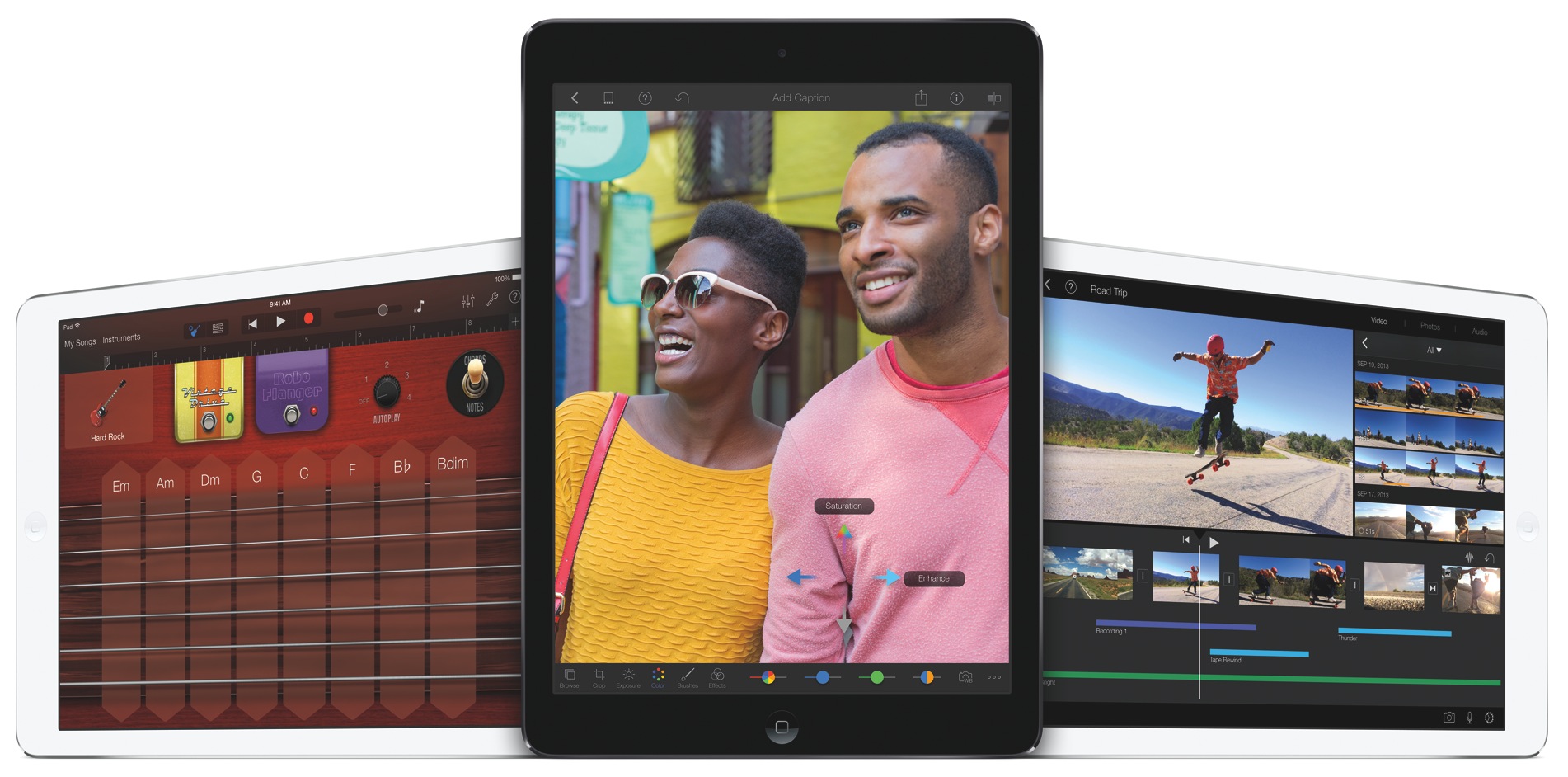In announcing financial results for the March 2014 quarter, Apple surprised analysts by reporting basically flat iPad growth.
Compared to the same quarter in 2013, sales of the Apple tablet hit the 16.35 million unit mark versus analyst consensus of 19.7 million units. More worryingly, it’s a 16 percent annual drop from the 19.5 million iPads moved in the year-ago quarter.
Slowing growth is the new normal rather than an anomaly because the tablet market as a whole has seen little innovation lately, cautions Morgan Stanley analyst Katy Huberty…
She wrote in a note to clients, via Business Insider:
We lower our 2014 tablet growth forecast to 12 percent from 26 percent on the back of increasing penetration rates and the lack of new, differentiated products.
Although slower tablet growth should help PC demand, our global PC model remains largely unchanged at -5 percent in 2014 and 2015.
She claims suppliers attribute this slowdown to two key factors: increased penetration rates – as in, most people who wanted a tablet already have one – and lack of meaningful innovation.
Although Android “appears to be faring better than iOS tablets” due to their lower prices and broader product portfolios, suppliers are now counting on seeing growth coming from larger-screened tablets further cannibalizing traditional notebooks.
While this does not bode well for Apple, it’s perfectly understandable that the tablet market just can’t be as competitive as the smartphone market.
Though smartphones have become commoditized, ubiquitous and indispensable, that sector continues to experience a double-digit growth and here’s why
Firstly, one does not need to fork out a couple hundred bucks to get a smartphone because most carriers, especially those in the United States, subsidize smartphones so you could get a decent handset with no upfront payment whatsoever.
Compare this to tablets, which are largely sold unsubsidized and therefore cost more upfront. Secondly, a tablet isn’t something an average person necessarily depends on, as opposed to a smartphone.
Thirdly, I can certainly sympathize with the ‘lack of meaningful innovation’ argument. For those who own an iPad 3 or iPad 4, the iPad Air – despite its dramatically thinner and lighter appearance – just isn’t a substantial enough upgrade to justify the purchase.
And lastly, upgrade cycles for tablets are longer than a typical two-year upgrade path for smartphones.
Anyway, I want to hear what you think about the flat iPad growth.
Can the next iPad revitalize growth of the sector, do you think?
Should Apple be concerned about tablet flat sales? And if so, does the firm need an even cheaper tablet than its lowest-price $299 iPad mini to revert the trend?
